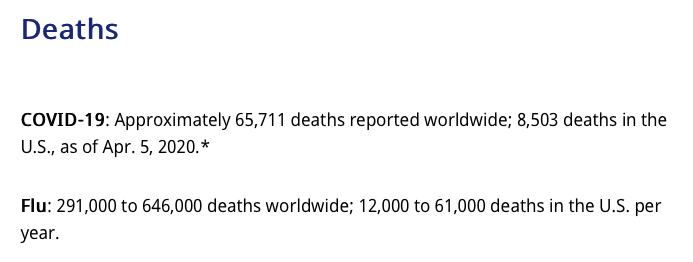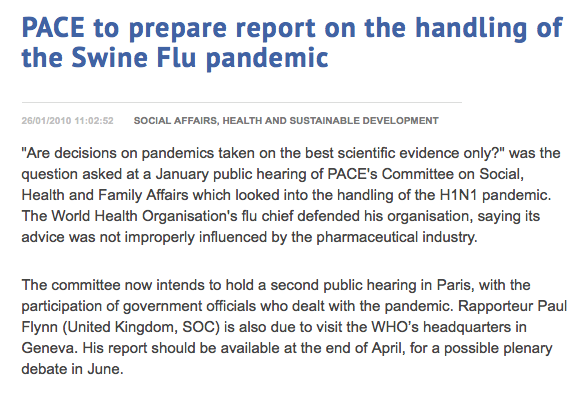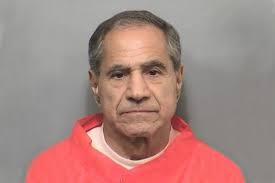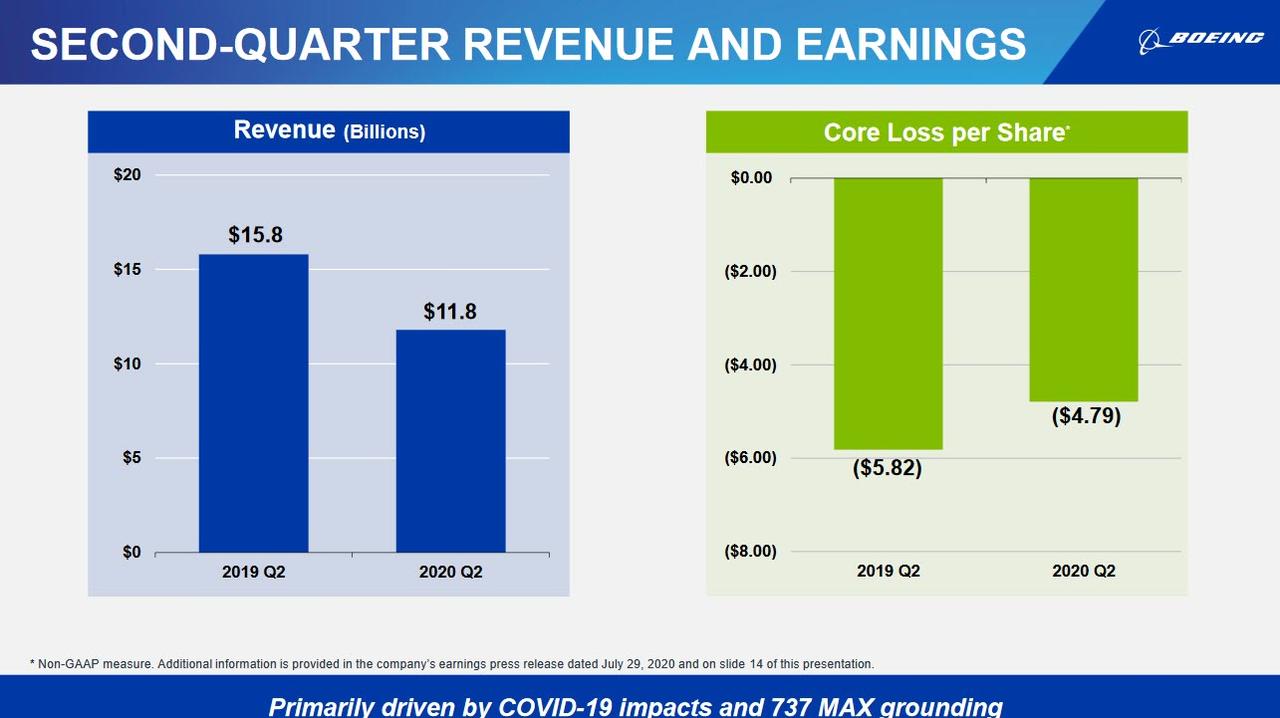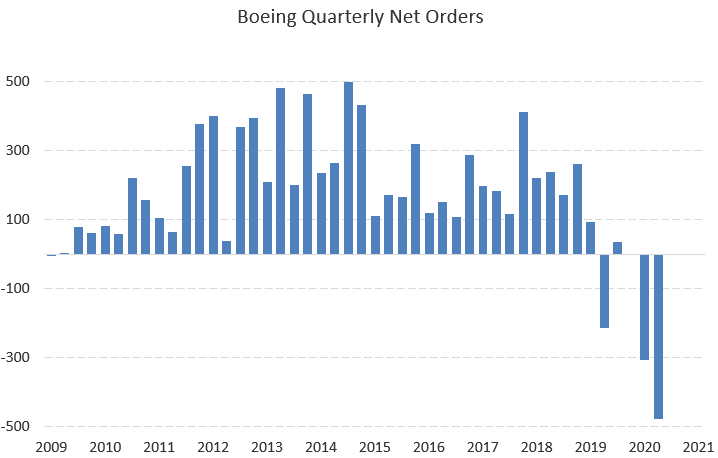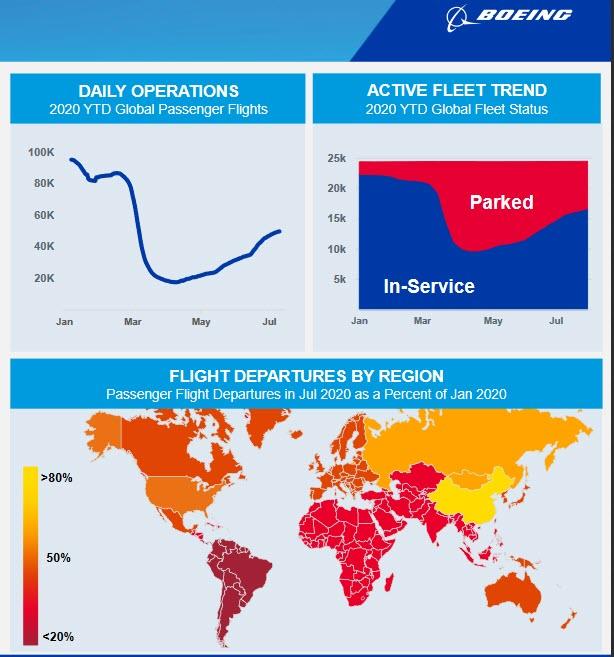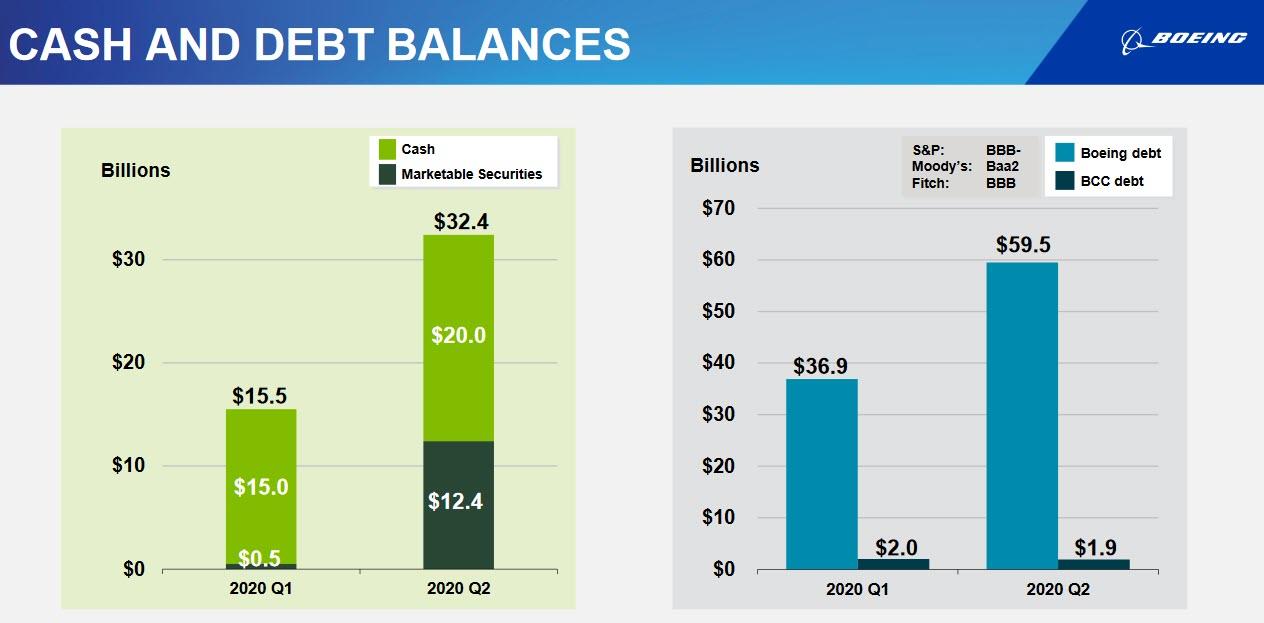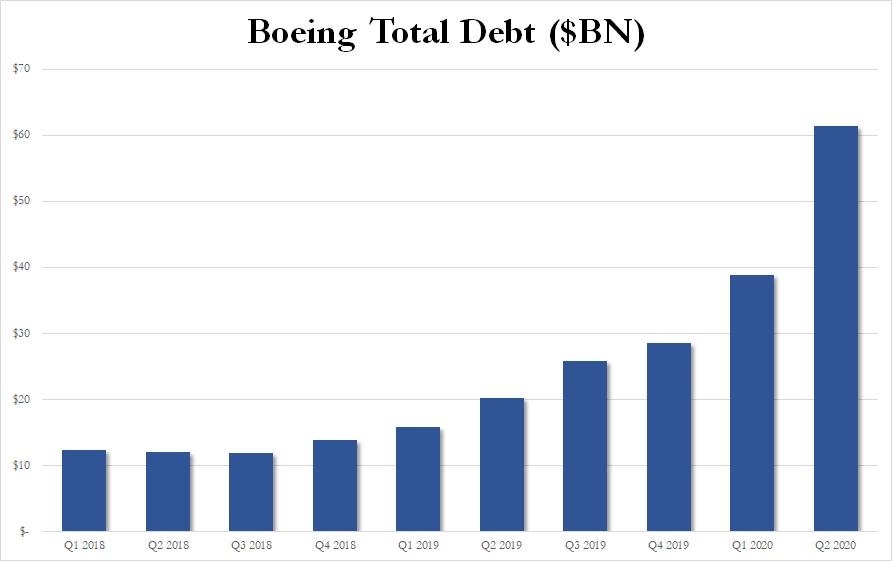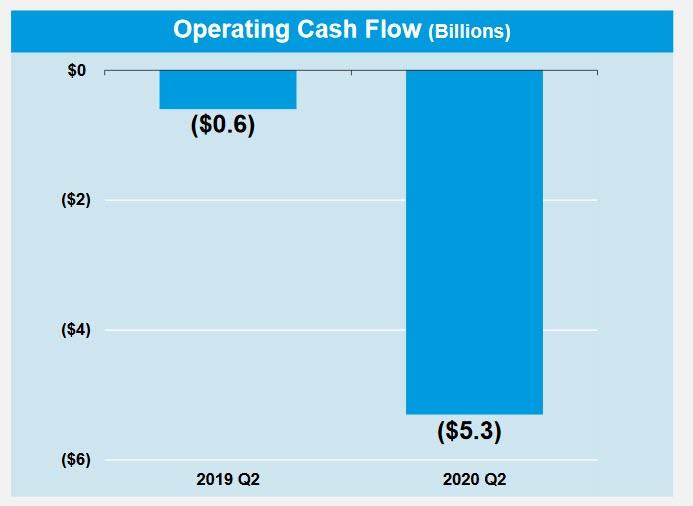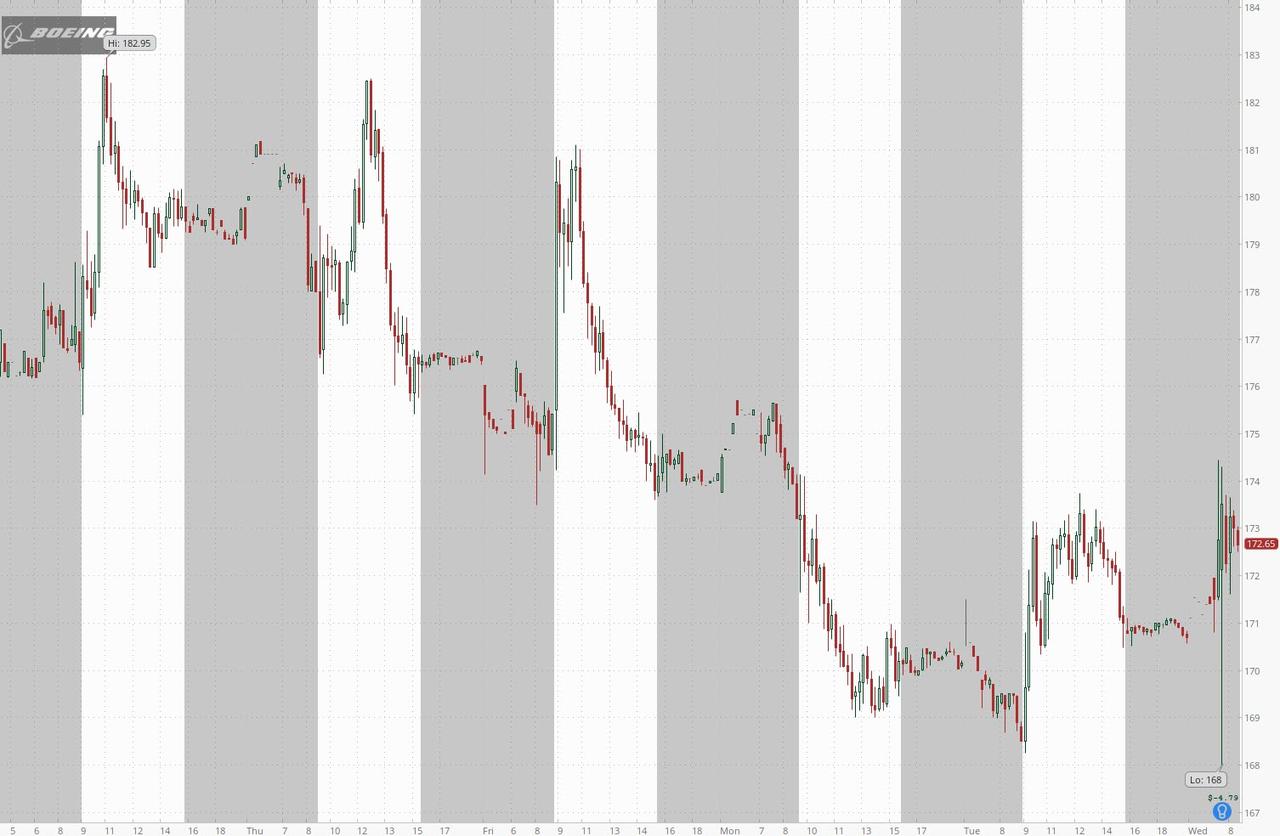What does it mean when journalists who spent the last two decades promoting wars of aggression in Afghanistan, Iraq, Libya, Syria and Yemen take a knee?
The Observer commented:
‘There is a dreadful familiarity about the killing of an unarmed black man, George Floyd, by white police officers in Minneapolis last Monday….
‘The fact that the US has been here before, countless times, does not lessen the horror of this crime nor mitigate brutal police actions.’
There was a dreadful familiarity about the West’s toppling of Gaddafi in 2011, but the Observer didn’t notice. Instead, the editors insisted that, ‘The west can’t let Gaddafi destroy his people’, ‘this particular tyranny will not be allowed to stand’.
Not ‘allowed to stand’, that is, by the destroyers of Iraq eight years earlier; by governments with zero credibility as moral agents. The fact that the US-UK alliance had been ‘here’ before, countless times, did not lessen the horror of the crime nor mitigate brutal military actions.
When the dirty deed was done and Libyan oil was safely back in Western hands, an Observer editorial applauded, ‘An honourable intervention. A hopeful future’, as the country fell apart and black people were ethnically cleansed from towns like Tawergha without any UK journalists taking a knee or giving a damn.
When a white policeman crushes a black man’s neck with his knee for eight minutes and 46 seconds, journalists see structural racism. When the West places its boot on the throats of Afghanistan, Iraq, Libya, Syria and Yemen for decades and centuries, journalists see ‘rogue states’, an ‘axis of evil’, a ‘clear and present threat’ to the West that can be averted only by force.
Journalists see racism in the disproportionate violence habitually visited on US black people by police, but find nothing racist in the ultra-violence habitually inflicted by the US-UK alliance blitzing famine-stricken Afghanistan in 2001, in sanctions that killed 500,000 children under five in Iraq, in war that killed one million people in Iraq, in war that destroyed Libya, Syria, Yemen, and many others.
The links between domestic and international racism are hard to miss. Theodore Roosevelt (US president 1901-1909), noted that ‘the most ultimately righteous of all wars is a war with savages,’ establishing the rule of ‘the dominant world races’. (Quoted, Noam Chomsky, ‘Year 501 – The Conquest Continues,’ Verso, 1993, p.23)
In 1919, Winston Churchill defended the use of poison gas against ‘uncivilised tribes’ as a means of spreading ‘a lively terror’. Churchill wrote of the ‘satisfied nations’ whose power places them ‘above the rest,’ the ‘rich men dwelling at peace within their habitations’ to whom ‘the government of the world must be entrusted’. (Ibid., p.33)
In 1932, at the World Disarmament Conference, David Lloyd George (British prime minister, 1916-1922), insisted that the British government would continue to inflict violence for ‘police purposes in outlying places’. He later recounted:
‘We insisted on reserving the right to bomb niggers.’
In 1947, renowned British Field Marshall, Bernard Montgomery, noted the ‘immense possibilities that exist in British Africa for development’ and ‘the use to which such development could be put to enable Great Britain to maintain her standard of living, and to survive’. ‘These lands contain everything we need’, said Montgomery, fresh from combatting the Nazi’s efforts to achieve ‘Lebensraum’. It was Britain’s task to ‘develop’ the continent since the African ‘is a complete savage and is quite incapable of the developing the country [sic] himself’.
In his book, ‘A Different Kind Of War – The UN Sanctions Regime In Iraq’, Hans von Sponeck, former UN Humanitarian Coordinator for Iraq, wrote that during ‘phase V’ of the Oil-For-Food programme, from November 1998 to May 1999, each Iraqi citizen received a food allocation worth $49, or 27 cents per day. Von Sponeck noted that, ‘the UN was more humane with its dogs than with the Iraqi people’: each UN dog was allocated $160 for food over the same period. (Hans von Sponeck, ‘A Different Kind of War’, Bergahn Books, 2006, p.38)
If the killing of George Floyd was racism, how shall we describe US- and UK-led UN policy that ‘was more humane with its dogs’? How to describe corporate media that rail against domestic racism while perennially cheerleading the infinitely more violent international version? Why are we not taking a knee for Iraqis and Libyans? Why are they not even mentioned in the context of institutionalised racism? Why is no-one toppling Orwellian monuments to a ‘free press’ supporting global oppression, like the statue of George Orwell outside BBC Broadcasting House?
The Guardian opined:
‘It is the United States’ great misfortune at such a time to be led by a president who sows division as a matter of political strategy. Bunkered down, now literally, in the White House, the president tweeted last week: “When the looting starts, the shooting starts.”’
In 2011, after the shooting had started, the Guardian quietly celebrated the work of an earlier president who also sowed division without the editors perceiving any great ‘misfortune’. A Guardian leader commented on Libya:
‘But it can now reasonably be said that in narrow military terms it worked, and that politically there was some retrospective justification for its advocates as the crowds poured into the streets of Tripoli to welcome the rebel convoys earlier this week.’
The same paper insists it did not support the 2003 Bush-Blair war on Iraq. The truth is that it promoted every last government ruse in pursuit of war: Saddam Hussein was a threat to the West, he was certainly hiding WMD, US-UK were focused on disarming him, were trying to find diplomatic solutions, were fighting for freedom (not oil, a possibility so far-fetched and insulting it was dismissed out of hand), and so on.
The Guardian has never seen the US-UK devastation of Libya, Iraq, Syria and Yemen as manifestations of the same structural racism it sees so plainly in US police violence:
‘Racism is structural, and state neglect can be as deadly as state abuse. It does not always take a knee on the neck to kill someone. Poverty, overcrowding, and unequal access to healthcare can be fatal.’
True enough. So can corporate greed for profits, for control of oil. Any rational person can join the dots: corporate power subordinates human welfare at home and abroad. Bombing, sanctions, invasion are symptoms of the same profit-driven brutality that forces people to suffer poverty, overcrowding and poor healthcare.
The Times wrote nobly:
‘The challenge is to harness this moment so that it leads to positive changes.’
And:
‘Of course not all of the legitimate aspirations of those protesting can be achieved overnight. But progress can be made with determined action.’
This from the newspaper that supports every war going, aided by Perpetual War propagandists like David Aaronovitch, who wrote an article for The Times entitled: ‘Go for a no-fly zone over Libya or regret it.’ (See our book, ‘Propaganda Blitz’, pp.129-131, for numerous other examples of Aaronovitch’s warmongering.)
If, as John Dewey said, ‘politics is the shadow cast on society by big business’, then liberal media discussions of morality are a grim part of that darkness, shedding no light.
The Human Ego – ‘I’ Matter More
The corporate system gives the impression that anti-semites, white supremacists, sexists and the like are victims of a primitive mind virus reducing them to the status of moral Neanderthals. With sufficient social distancing, track-and-trace, isolation, the remnants of this historic pandemic can finally be eradicated. The focus is always on establishment ‘cancel culture’: erasing, banning, firing, censorship and criminalisation.
The BBC, for example, prefers to erase the language of racism. A recent news report was titled:
‘A gravestone honouring the Dambusters’ dog – whose name is a racial slur – has been replaced.’
The report noted that the slur was one ‘which the BBC is not naming’. The dog’s name, ‘Nigger’, appears instantly, of course, to the mind of anyone who has seen the film, or to anyone who has access to Google. Curiously, although the ‘N-word’ appears nowhere in the report, the racial slur, ‘Redskin’, appears 12 times in a BBC report that appeared just three days earlier and that was actually titled:
‘Washington Redskins to drop controversial team name following review’
‘Nigger’ and ‘Redskin’ are both colour-related racial slurs with horrendous histories – both are used to imply racial inferiority. Why can one be mentioned and the other not? Censoring the Dambuster dog’s name achieved little and is not attempted by broadcasters showing films like ‘Reservoir Dogs’ and ‘Pulp Fiction’, in which the slur is repeated numerous times.
Like other media casting Dewey’s corporate ‘shadow’, the BBC cannot make sense of racism and other forms of prejudice because moral coherence would risk extending the debate to the structural prejudice of the deeply classist, racist, war-fighting, state-corporate establishment.
Racists and sexists start to look a little different when we make the following observation:
Racism and sexism are manifestations of the ego’s attempt to make itself ‘higher’ by making others ‘lower’.
Viewing brown- and black-skinned people as ‘inferior’ is obviously all about white and other racists asserting their ‘superiority’. This is literally, of course, a microscopically superficial basis for ‘superiority’. Differences establishing sexist ‘superiority’ at least involve whole organs rather than a layer of cells! But despite what the necessarily incoherent corporate shadow culture would have us believe, racists and sexists who view other people as ‘inferior’ are not exotic anomalies.
The human ego does not view others as equal; it places itself and its loved ones at the centre of the universe – ‘I’ matter more, ‘my’ happiness and the happiness of those ‘I’ love come first. The happiness of everyone else is very much a peripheral concern. The ego latches on to almost any excuse to reinforce this prejudice – viewing itself as ‘special’, ‘higher’, and others as ‘ordinary’, ‘lower’ – on the basis of almost any superficial differences, many of them even more trivial and transient than racial and gender differences. (See here for further discussion on the striving to be ‘special’.)
This tendency is massively promoted by our culture from the earliest age and manifests in numerous forms other than racism and sexism. We are taught to compete with our peers, to rise to the ‘upper stream’, to come first in exams, to be ‘top of the class’, to go to the ‘best’ schools, the ‘best’ colleges, to get the ‘best’ jobs. We are taught to define ourselves as more or less ‘bright’, ‘academic’, ‘gifted’ (selected for receipt of an actual ‘God-given talent’!). As children, we do not all display the arrogance of young Winston Churchill visible in this photograph, but we are all trained to be ‘winners’ over ‘losers’.
The Art Of Pronouncing ‘Hegemony’
Racism and sexism have caused immense harm, of course, but so has the classism visible in young Winston’s face. Humans feel ‘above’ others, ‘special’, when they come from wealthy, aristocratic families; when they attend a celebrated school, an elite university; when they gain a first class degree (or any degree), or a Masters, or a PhD; when they buy a ‘top of the range’ car, or luxury property in a desirable postcode; when they work in high-prestige jobs; when they achieve fame and fortune; when Howard Jacobson writes in The Independent:
‘When Russell Brand uses the word “hegemony” something dies in my soul.’
It is agony for people like Jacobson – who was educated at Stand Grammar School and Downing College, Cambridge (before lecturing at the University of Sydney and Selwyn College, Cambridge) – to hear Brand – educated at Grays School Media Arts College, Essex, a coeducational secondary school – chatting to Ricky Gervais, both of working class origin, without cringing at the way they glottal stop the ‘t’ in words like ‘civili’y’, ‘carnali’y’, ‘universi’y’ and ‘beau’iful’.
The reaction of middle and upper class people to Brand preaching philosophy and ‘poli’ics’ is exactly that described by Samuel Johnson who made himself ‘higher’ by making women ‘lower’:
‘Sir, a woman’s preaching is like a dog’s walking on his hind legs. It is not done well; but you are surprised to find it done at all.’
Because elite interests run the mass media, we have all been trained to perceive elite accents as cultured and authoritative, and working class accents as uncultured, uneducated. When we at Media Lens grew up in the 1970s and 1980s, BBC newsreaders and continuity announcers sounded like Etonian masters and Oxbridge dons. Even now, journalists like Fiona Bruce and Nicholas Witchell deliver the royal pronunciation of the word ‘years’ as ‘yers’.
The above may sound comical and absurd – it is! – but the fact is that, as Jacobson’s comment suggests, millions of people have been trained to perceive the accents of working class people appearing on political programmes like Question Time, Newsnight and The Marr Show as ‘lower’. When we react this way to skin colour, rather than to accent and class, we call it racism.
In an article titled, ‘Leather jackets, flat caps and tracksuits: how to dress if you’re a leftwing politician’, Hadley Freeman wrote in the Guardian in 2016:
‘Now, personally, some of us think that Corbyn could consider updating his ideas as much as his wardrobe… He must spend veritable hours cultivating that look, unless there’s a store on Holloway Road that I’ve missed called 1970s Polytechnic Lecturer 4 U. Honestly, where can you even buy tracksuits like the ones he sports?’
This wasn’t racism, but it was classism. Much of the focus on Corbyn being insufficiently ‘prime ministerial’ was establishment prejudice targeting a working class threat. Corbyn didn’t dress like the elite he was challenging – he wore ‘embarrassing’ sandals rather than ‘statesmanlike’ black leather shoes; an ’embarrassing’ jacket rather than the traditional long, black ‘presidential’ overcoat – just as Brand didn’t know the ‘correct’ way to say ‘hegemony’. Corbyn was second-rate, Polytechnic material; not first-class, Oxford material, like Freeman. The BBC’s Mark Mardell commented on Corbyn:
‘One cynic told me expectations are so low, if Corbyn turns up and doesn’t soil himself, it’s a success.’ (Mardell, BBC Radio 4, ‘The World This Weekend’, 21 May 2017)
If this was not gross, classist prejudice, can we conceive of Mardell repeating a comparable slur about establishment politicians like George Bush, Tony Blair, Theresa May and Sir Keir Starmer shitting themselves in public?
Racism and sexism have monstrous consequences, of course, but so does classism and speciesism, so does every kind of faux-elevation of the self.
Beyond Censorship
The banning and even criminalisation of words and opinions associated with ego inflation come at a cost. The problem is that powerful interests are constantly attempting to extend censorship to words and opinions they are keen to suppress. For example, the banning of Holocaust denial prompted establishment propagandists pushing their own version of ‘cancel culture’ to damn us at Media Lens for something called ‘Srebrenica denial’. As political analyst Theodore Sayeed noted of the smearing of Noam Chomsky:
‘In the art of controversy, slapping the label “denier” on someone is meant to evoke the Holocaust. Chomsky, the furtive charge proceeds, is a kind of Nazi.’
Although we had never written about Srebrenica, repeated attempts were made to link us to Holocaust denial in this way, so that we might also be branded as virtual Nazis that no self-respecting media outlet would ever quote or mention, much less interview or publish.
In both our case and Chomsky’s, this was not the work of well-intentioned individuals, but of organised groups promoting the interests of the war-fighting state. It was actually part of a much wider attempt by state-corporate interests to ‘cancel’ opponents of US-UK wars of aggression. Terms like ‘genocide denial’ and ‘apologist’ are increasingly thrown at leftist critics of Western crimes in Rwanda, Syria, Libya and Venezuela. For example, critics of Western policy in Syria are relentlessly accused of ‘Assadist genocide denial’, which is declared ‘identical’ to Srebrenica denial and Holocaust denial.
The ongoing campaign to associate criticism of Israel with anti-semitism is an effort to extend the ban on Holocaust denial to Labour Party politicians and other members promoting socialism and Palestinian rights. This establishment ‘cancel culture’ played a major role in the dismantling of Jeremy Corbyn’s leadership. Again, the goal is to anchor the need for censorship in a fixed ethical point on which everyone can agree. On the basis that Holocaust denial is prohibited, attempts are made to extend that prohibition to other subjects that powerful interests dislike. The goal is the elimination and even criminalisation of dissident free speech.
Promotions of violence, including state violence, aside, the focus of anyone who cares about freedom of speech and democracy should not be on banning words and opinions relating to racism and sexism. Both are functions of the ego’s wide-ranging efforts to elevate itself, and these efforts cannot simply be banned. Instead, we need to understand and dissolve the delusions of ego through self-awareness.
Noam Chomsky was absolutely right to sign a letter in Harper’s magazine opposing the growing momentum of ‘swift and severe retribution in response to perceived transgressions of speech and thought’, even though many other signatories were hypocrites. As Chomsky has said:
‘If you’re in favour of freedom of speech, that means you’re in favour of freedom of speech precisely for views you despise. Otherwise you’re not in favour of freedom of speech.’
The 8th Century mystic, Shantideva, asked:
‘Since I and other beings both, in wanting happiness, are equal and alike, what difference is there to distinguish us, that I should strive to have my bliss alone?’ (Shantideva, ‘The Way of the Bodhisattva’, Shambhala, 1997, p. 123)
Are ‘my’ suffering and happiness more important than ‘your’ suffering and happiness simply because they’re ‘mine’? Obviously not – the idea is baseless, irrational and cruel. This awareness certainly provides the rational, intellectual foundation for treating the happiness of others as ‘equal and alike’ to our own, but not the motivation.
However, Shantideva examined, with meticulous attention, his own reactions on occasions when he did and did not treat the happiness of others as ‘equal and alike’, and he reached this startling conclusion:
‘The intention, ocean of great good, that seeks to place all beings in the state of bliss, and every action for the benefit of all: such is my delight and all my joy.’ (Ibid., p. 49)
Shantideva’s point is that, if we pay close attention to our feelings, we will notice that caring for others – treating their suffering and happiness as equal to our own – is a source of tremendous and growing ‘delight’ and, in fact, ‘all my joy’. It is also an ‘ocean of great good’ for society. This is a subtle awareness that is blocked by the kind of overthinking that predominates in our culture (it requires meditation, an acute focus on feeling), but Jean-Jacques Rousseau saw the truth of the assertion with great clarity:
‘I could sometimes gladden another heart, and I owe it to my own honour to declare that whenever I could enjoy this pleasure, I found it sweeter than any other. This was a strong, pure and genuine instinct, and nothing in my heart of hearts has ever belied it.’ (Jean-Jacques Rousseau, ‘Reveries of A Solitary Walker’, Penguin Classics, 1979, p. 94, our emphasis)
The fact that a loving, inclusive heart is the basis of individual and social happiness, and a hate-filled, prejudiced heart is the basis of individual and social unhappiness, is the most powerful rationale for dropping racism, sexism, classism and speciesism. It is a response rooted in the warm truth of being and lived experience, not in bloodless ideas of ‘moral obligation’ and ‘political correctness’, not in the violent suppression of free speech.
It is not our ‘duty’ or ‘moral obligation’ to be respectful and tolerant of people and animals different from us; it is in our own best interests to care for them.
Enlightened self-interest, not banning and censorship, has always been the most effective antidote to prejudice. In fact, anger, punishment, blame and guilt-making may lead us away from the truth that we are not being ‘selfish’ by denigrating others, we are harming ourselves.
*
Note to readers: please click the share buttons above or below. Forward this article to your email lists. Crosspost on your blog site, internet forums. etc.
Featured image is from ML


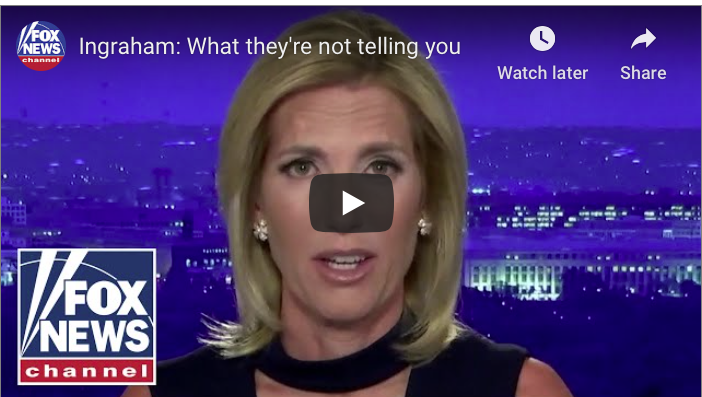
 Can you
Can you 
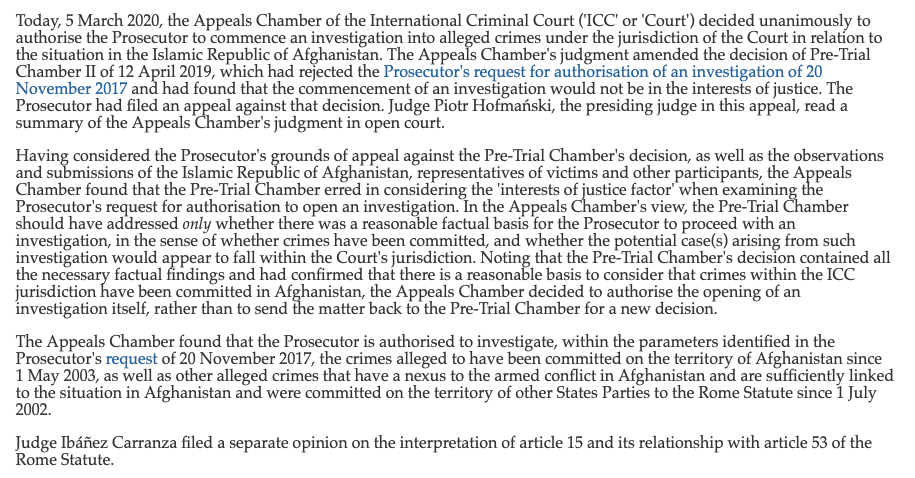




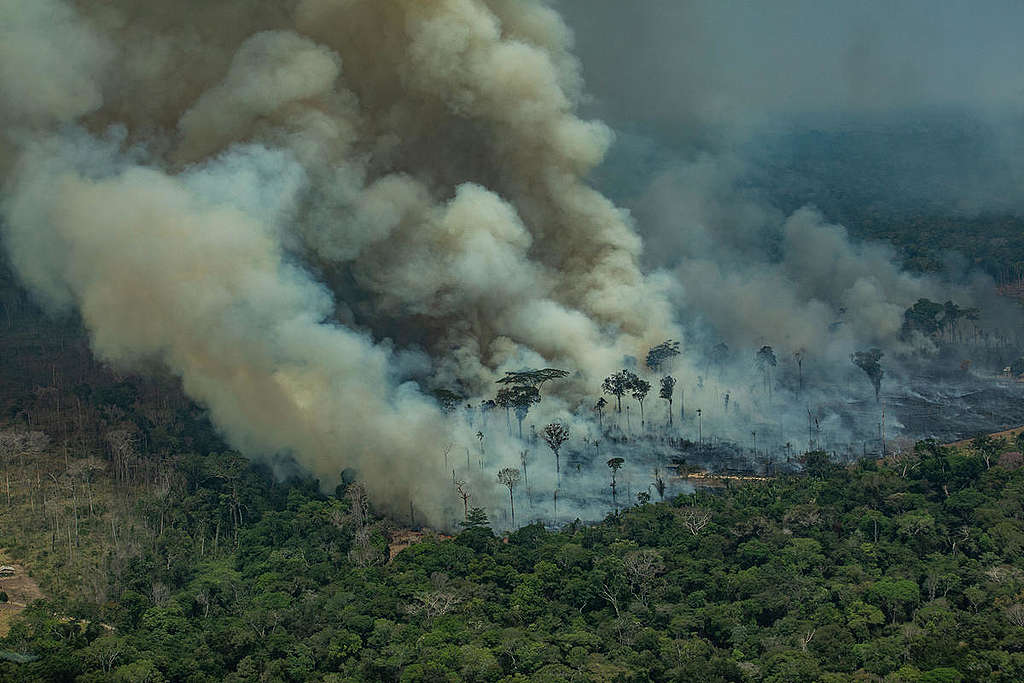


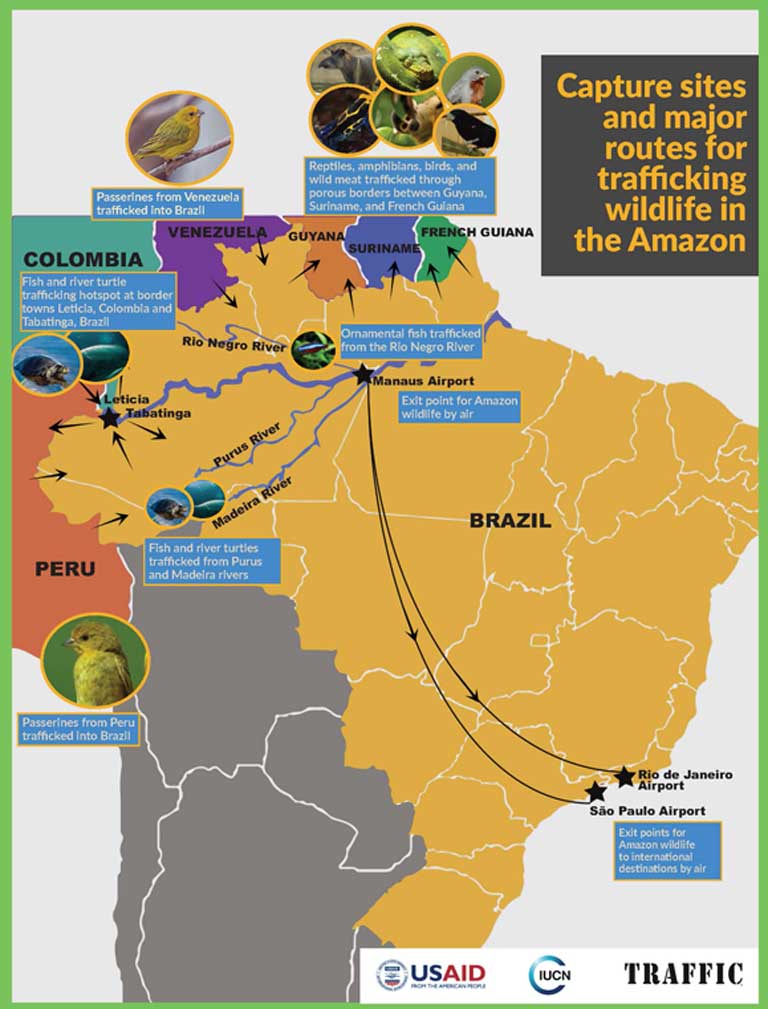

 Curbing Amazon trafficking
Curbing Amazon trafficking




